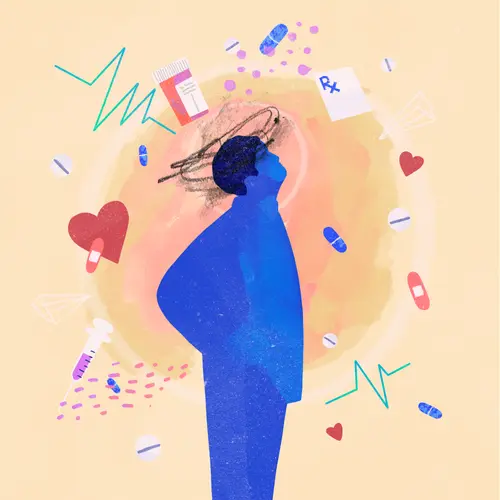A pulmonary embolism (PE) usually happens when a blood clot called a deep vein thrombosis (DVT), often in your leg, travels to your lungs and blocks a blood vessel. That leads to low oxygen levels in your blood. It can damage the lung and other organs and cause heart failure, too.
A PE can be life-threatening, so if you've been diagnosed with DVT, you should be aware of this risk. Follow the treatment plan for your DVT to stop the clot from getting bigger and to keep new clots from forming.
Symptoms and Diagnosis
PE won't always cause symptoms. You might have:
- Chest pain, which may get worse with a deep breath
- Sudden shortness of breath or rapid breathing
- Fast heartbeat
- Sudden cough
- Coughing up blood
- Lightheadedness or fainting
- Anxiety
Call 911 if you notice these symptoms. They could also be symptoms of a heart attack, pneumonia, or other serious problems.
Your doctor will order different types of tests, including lung tests, to check for a PE.
Treatment and Prevention
Depending on your symptoms, your doctor may give you a drug called a thrombolytic to dissolve the clot. These medicines can save your life, but they can also cause bleeding that's hard to stop. You'll have to be in the hospital, and the staff will watch you carefully.
For some very serious cases, a specialist may need to do surgery to break up and remove the clot.
If your symptoms aren't life-threatening, or if using a thrombolytic would be too dangerous, your doctor will give you medication that interrupts the clotting process or stops platelets in your blood from sticking together. They don't break down the clot, but they'll keep it from getting bigger while your body works on dissolving it.
Afterward, you'll probably take a blood thinner pill for at least 3 months. If your doctor prescribes warfarin (Coumadin), you'll need to get your blood tested often to make sure you have the right amount of the drug in your system. You won't need blood tests if you take a newer blood thinner, such as apixaban (Eliquis), dabigatran (Pradaxa), edoxaban (Savaysa), or rivaroxaban (Xarelto).
You and your doctor should figure out what may have caused your DVT, so you can take steps to avoid getting more clots.
